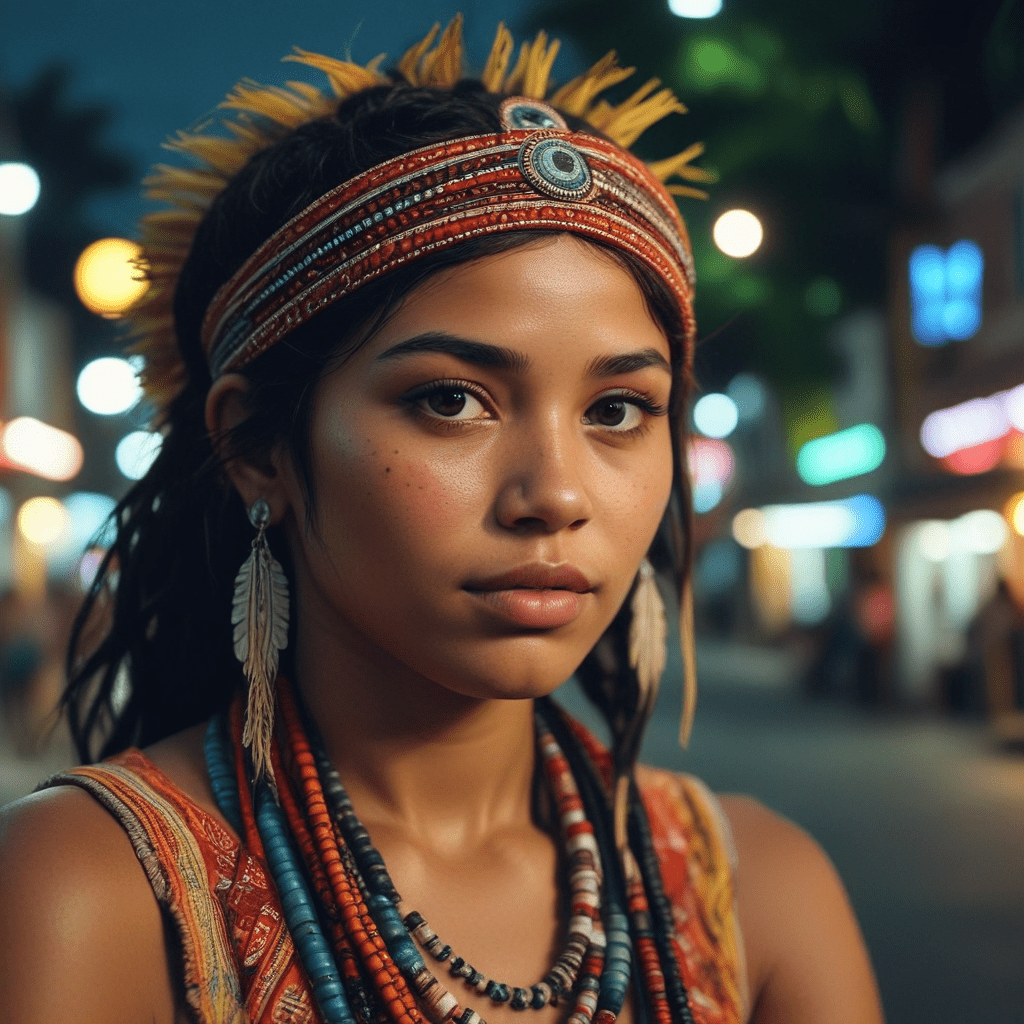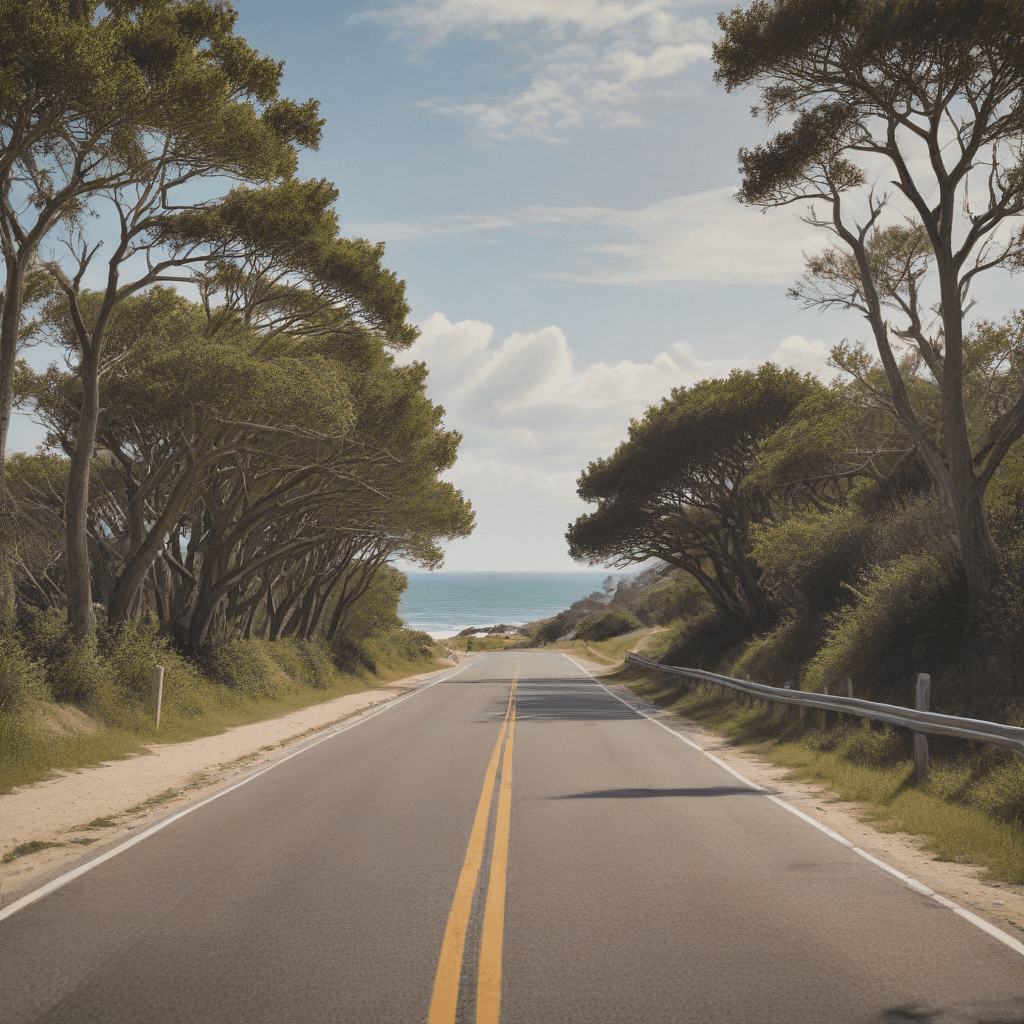
1. Introduction: Experiencing Belize Beyond the Beaches
Belize is renowned for its stunning coastline, ancient Maya ruins, and vibrant coral reefs. But beyond these popular tourist attractions lies another side of Belize, one that offers a deeper and more meaningful experience: cultural immersion with its Indigenous communities.
Venturing beyond the beaches opens the door to a rich tapestry of cultures, each with its own unique traditions, languages, and perspectives. From the ancient wisdom of the Maya to the vibrant rhythms of the Garifuna, Belize's Indigenous communities offer an opportunity to connect with a living heritage and gain firsthand insights into their way of life.
2. The Diverse Indigenous Communities of Belize
Belize boasts an impressive diversity of Indigenous cultures.
The Maya, descendants of the ancient civilization that once flourished across Mesoamerica, comprise the largest Indigenous group. They are further divided into subgroups, including the Yucatec, Mopan, and Kekchi Maya, each with their distinct dialects and cultural practices.
The Garifuna, descendants of West Africans and Indigenous Caribs, are another significant group, known for their vibrant music, dance, and culinary traditions. Smaller Indigenous communities include the Ketchi, Mestizos, and Chinese, adding to the rich cultural mosaic of the country.
3. The Importance of Cultural Sensitivity and Respect
Cultural immersion is a privilege, not a right. As you embark on your journey into Belize's Indigenous communities, remember to approach their cultures with sensitivity and respect.
Take the time to learn about their customs and traditions before visiting, dress modestly, and ask permission before taking photographs. Respect their sacred sites and avoid making intrusive requests. By being mindful and respectful, you can ensure a positive and meaningful experience for both yourself and the communities you visit.
4. Engaging in Mayan Culture: From Ruins to Modern Life
The Maya culture offers a fascinating blend of ancient and modern traditions. Explore the awe-inspiring ruins of ancient cities like Caracol and Xunantunich, marveling at the architectural ingenuity and intricate carvings.
Visit modern Maya villages to witness the continuation of their ancestral customs, from traditional weaving and farming to vibrant religious ceremonies. Engage in conversations with Maya elders, learning about their oral histories and traditional medicine practices.
5. Immersing Yourself in the Garifuna Way of Life: Music, Dance, and Cuisine
The Garifuna culture pulsates with vibrant energy. Immerse yourself in the infectious rhythms of their Punta music, characterized by energetic drumming and passionate singing.
Learn the traditional dances, with their intricate footwork and storytelling movements. Indulge in the flavorful Garifuna cuisine, featuring fresh seafood dishes, aromatic stews, and the ubiquitous hudut, a savory cassava bread.
6. Learning from the Mopan and Kekchi Maya: Traditional Crafts and Storytelling
Venture deeper into the traditional knowledge of the Mopan and Kekchi Maya communities. Witness the intricate techniques of backstrap loom weaving, where vibrant designs and patterns come to life on hand-woven textiles.
Learn the art of basket making from natural fibers, a craft passed down through generations. Participate in a traditional pottery workshop, shaping the earth into functional and decorative pieces.
Engage with the elders who carry the torch of storytelling, listening to ancient myths and legends passed down through oral tradition. These stories offer insights into the Maya worldview, their connection to nature, and their understanding of the cosmos.
7. Responsible Tourism and Supporting Indigenous Communities
When engaging in cultural immersion, responsible tourism is paramount. Choose tour operators who prioritize ethical practices and support local communities. Opt for homestays or community-run lodges that provide economic benefits directly to the Indigenous people.
Purchase handcrafted souvenirs from local artisans, supporting their livelihoods and preserving traditional craftsmanship. Be mindful of your environmental impact, leaving no trace and respecting the natural surroundings. Through responsible tourism, you contribute to the sustainable development of Indigenous communities while minimizing negative impacts.
8. Accommodation Options: Homestays and Eco-Lodges
Immerse yourself in the local culture by choosing a homestay experience. Staying with an Indigenous family allows you to experience their daily life firsthand, share meals, and engage in meaningful conversations. Homestays provide a unique opportunity to learn about their customs, traditions, and perspectives from an intimate perspective.
Alternatively, consider eco-lodges that are owned and operated by Indigenous communities. These lodges offer comfortable accommodations while contributing to local economies and conservation efforts. Many eco-lodges organize cultural activities and excursions, allowing you to connect with the surrounding communities and learn about their environment.
9. Activities and Experiences: Hiking, Cooking Classes, and Traditional Ceremonies
Your cultural immersion can be enriched with a range of activities and experiences. Embark on guided hikes through lush rainforests, accompanied by Indigenous guides who share their knowledge of medicinal plants and local wildlife.
Participate in traditional cooking classes, learning the secrets behind beloved dishes like tamales, stews, and fresh seafood preparations. Witness or even participate in traditional ceremonies, connecting with the spiritual beliefs and practices that continue to shape Indigenous cultures.
10. Conclusion: A Transformative Journey of Cultural Exchange and Understanding
Cultural immersion with Belize's Indigenous communities offers a transformative journey beyond the typical tourist experience. It's an opportunity to connect with diverse cultures, learn about ancestral traditions, and gain a deeper understanding of the world. Through respectful engagement, responsible tourism, and genuine curiosity, you can embark on a journey that will leave a lasting impact on your perspective and enrich your life with newfound knowledge and appreciation.
FAQ
What is the best time to visit Belize for cultural immersion?
The dry season, from December to May, offers pleasant weather and ideal conditions for outdoor activities. However, cultural events and festivals occur throughout the year, so research specific events that may interest you.
Do I need to speak Spanish or an Indigenous language to participate?
While some knowledge of Spanish or an Indigenous language can be beneficial, it is not essential. Many communities have English-speaking guides and individuals who are eager to share their culture with visitors.
What should I pack for a cultural immersion trip?
Pack lightweight, comfortable clothing that is respectful of local customs. Modest attire is recommended, especially when visiting villages or sacred sites. Insect repellent, sunscreen, and a hat are also essential.
How can I ensure a responsible and respectful cultural experience?
Always ask permission before taking photographs or videos, especially during ceremonies or private moments. Be mindful of your belongings and avoid littering or disturbing the natural environment. Support local businesses and artisans by purchasing handcrafted goods and souvenirs.
What are some additional resources for planning a cultural immersion trip to Belize?
- The Belize Tourism Board (www.travelbelize.org)
- The Toledo Maya Women's Association (www.tmwabelize.com)
- The Garifuna Cultural Center (www.garifunaculturalcenter.org)
Remember, cultural immersion is a privilege and an opportunity to learn, grow, and connect with diverse communities. Embrace this experience with an open mind, a respectful attitude, and a willingness to immerse yourself in the rich tapestry of Belize's Indigenous cultures.

